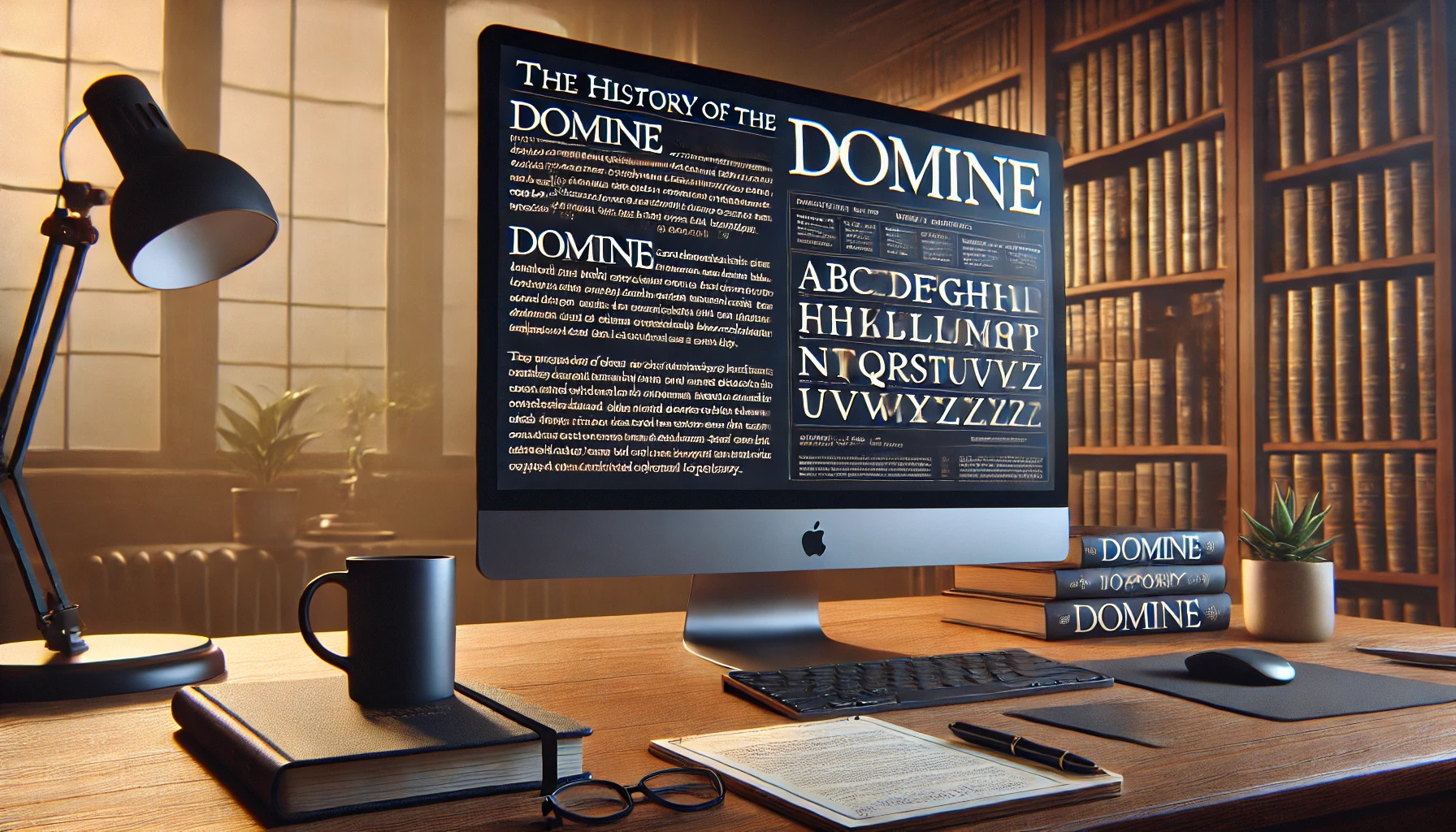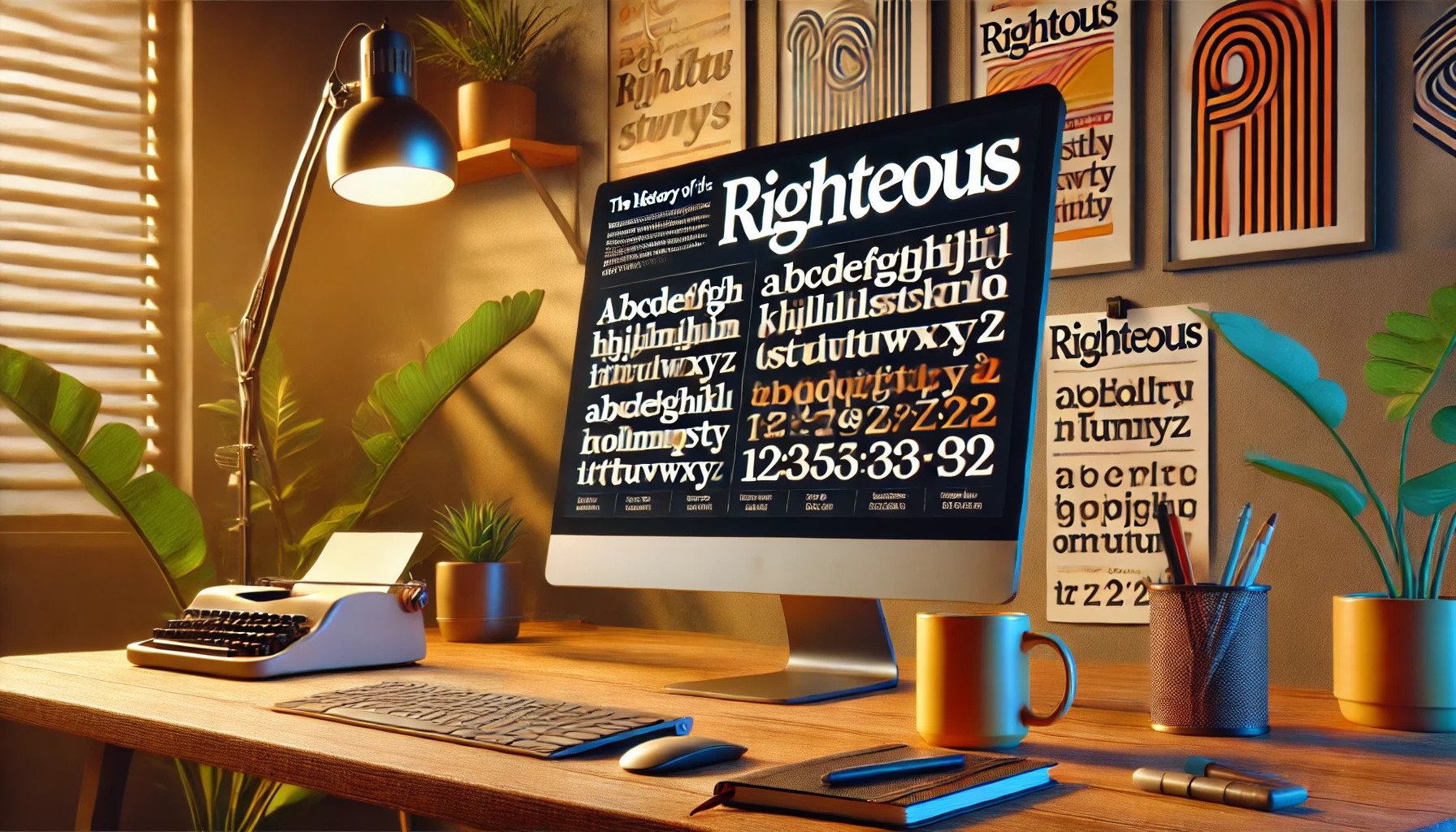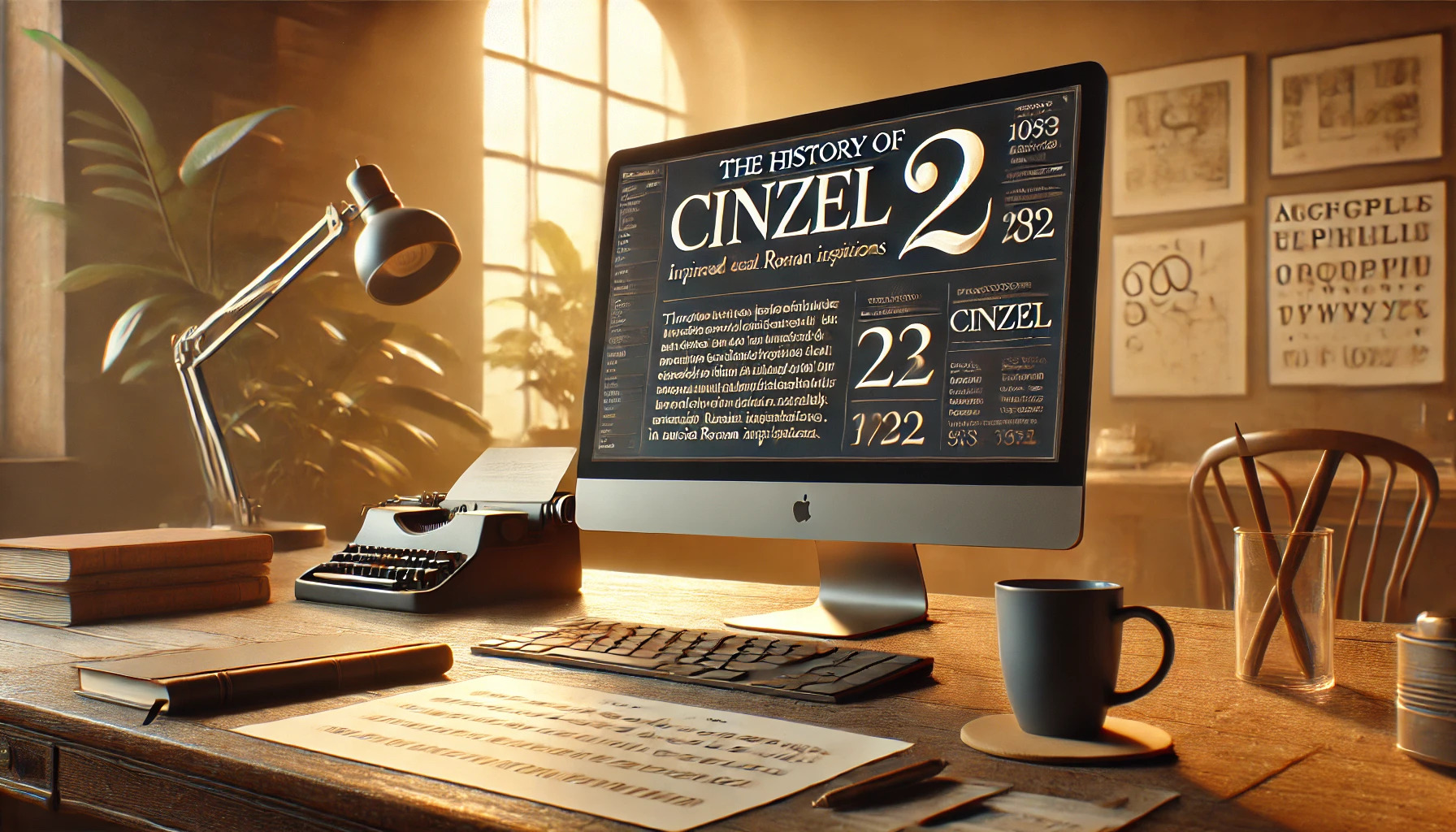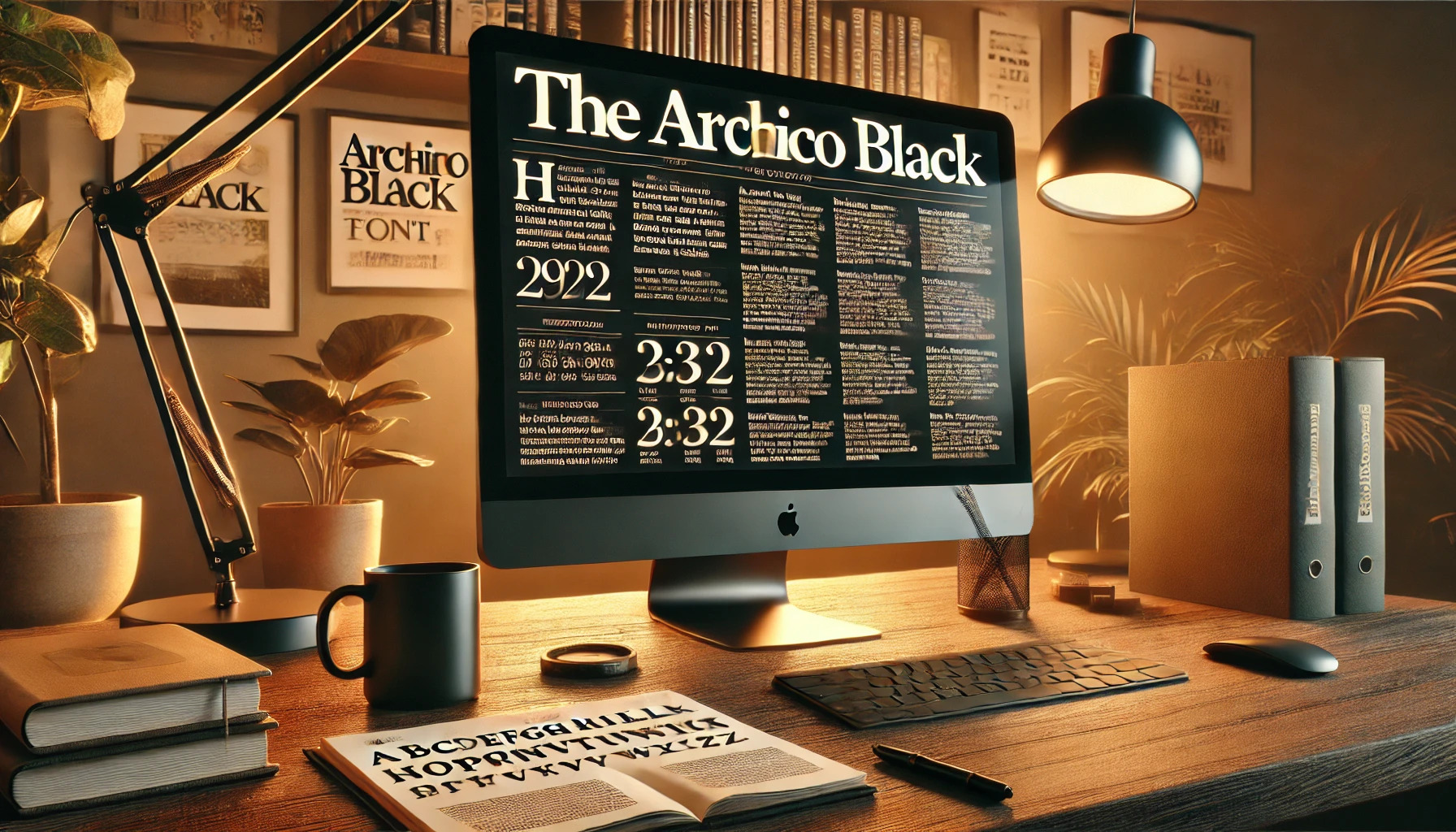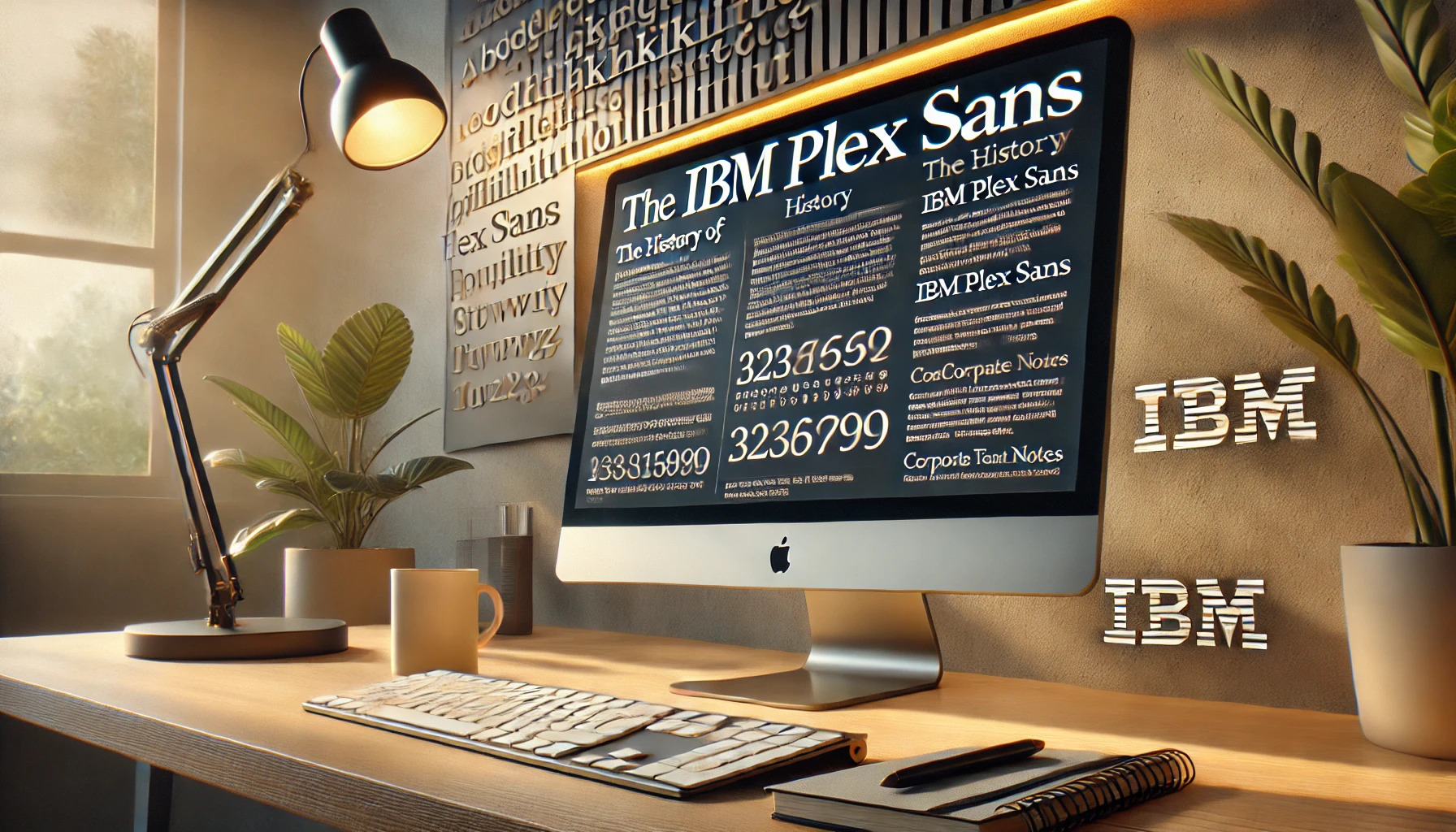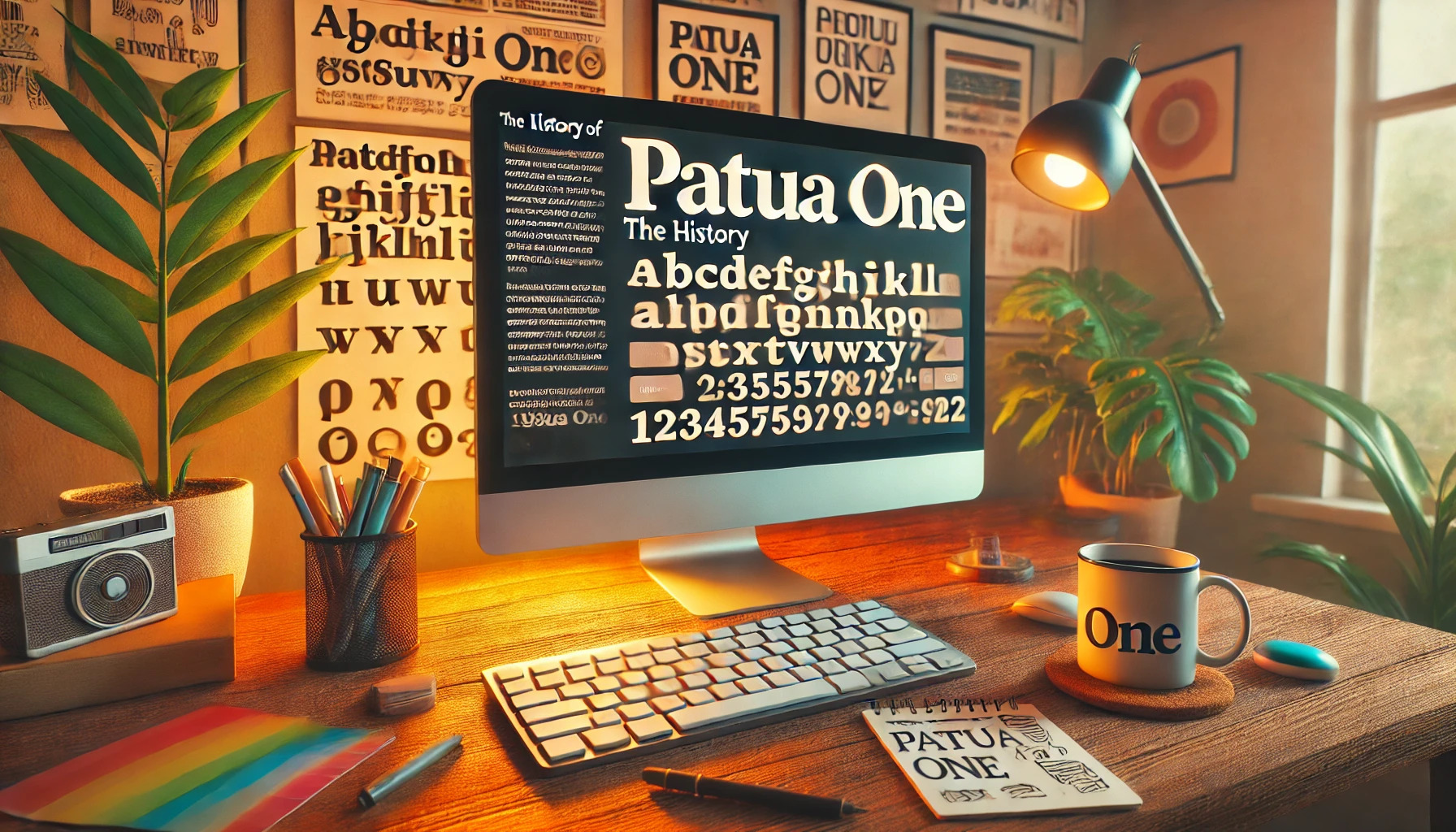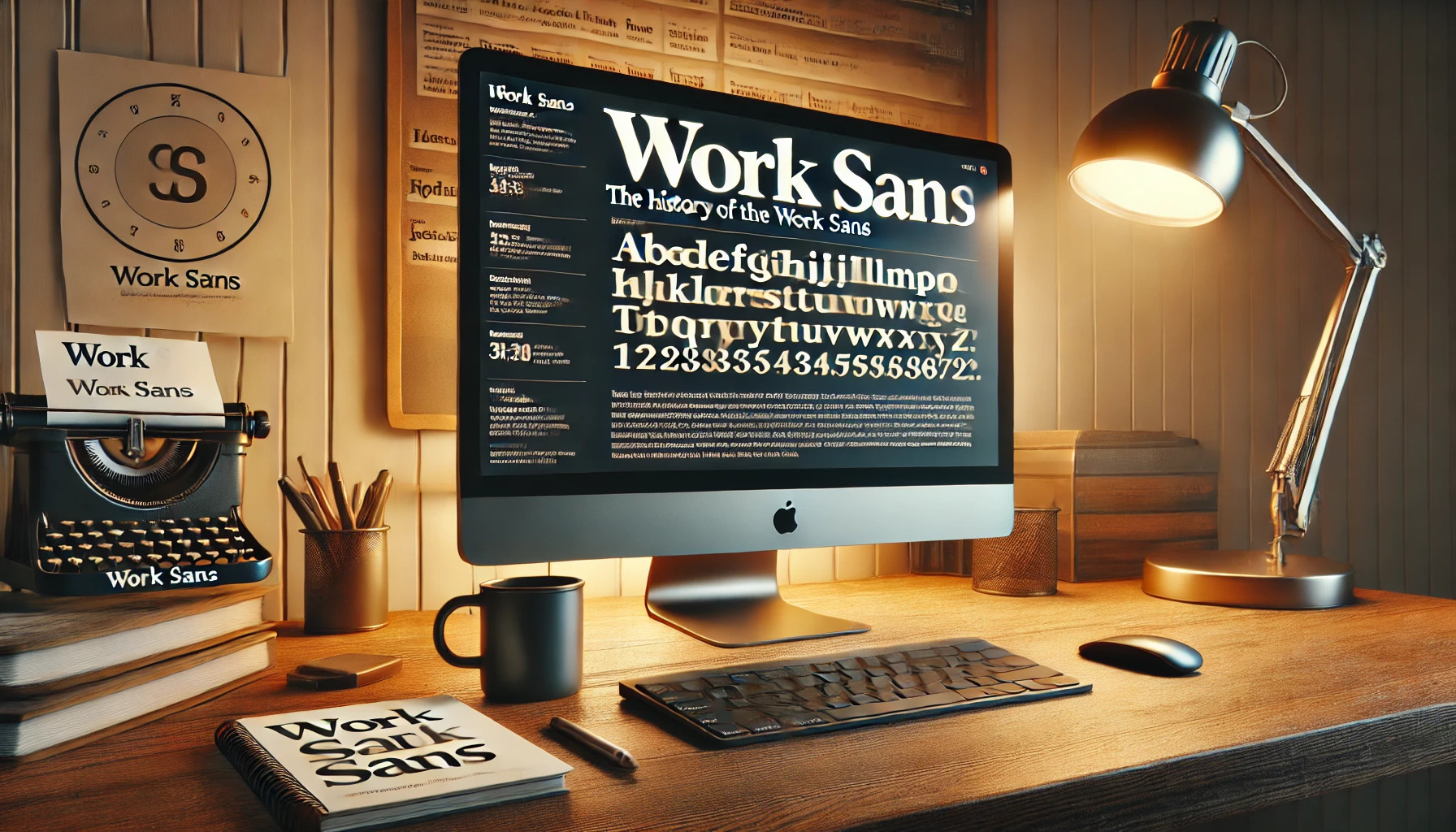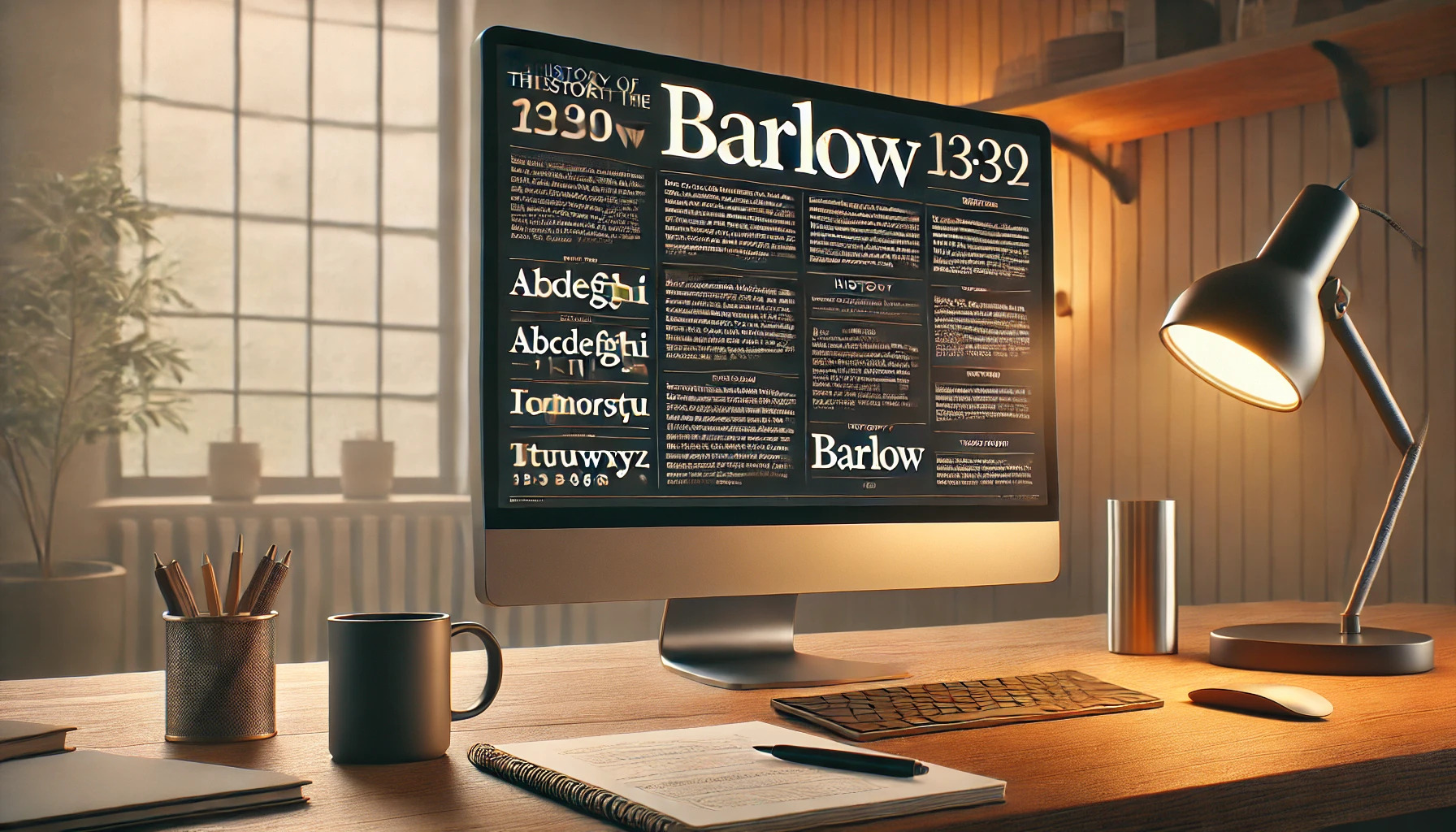Domine is a typeface that captures the elegance of classic serifs while blending modern readability. Created by Pablo Impallari, it was specifically designed to work well on digital screens, making it ideal for online content. Domine is perfect for sites where reading is the main activity, like newspaper or magazine websites. The font shines at …
Exo has made its mark as a versatile and modern geometric sans serif font, offering an impressive array of 9 weights each with true italic versions. This remarkable range makes it suitable for both display and text use, catering to a variety of design needs. Exo was first launched on Kickstarter in 2011 and later …
The Righteous font has a captivating backstory that blends art and typography with a touch of history. Originating from inspiration drawn from the art deco posters of Hungarian artist Robert Berény, this font stands out with its geometric style and retro-futuristic vibe. Its design features both uppercase and lowercase letters, making it versatile and flexible …
Cinzel is a captivating typeface that blends a rich historical foundation with modern flair. Inspired by first-century Roman inscriptions, this font captures the elegance and strength of classical design. What makes Cinzel unique is its ability to convey ancient charm while remaining suitable for today’s digital screens. The unique style of Cinzel reflects both timelessness …
The story of Archivo Black begins with its design for both print and digital platforms. Inspired by late nineteenth-century American typefaces, this font merges historical charm with modern functionality. Archivo Black is crafted for high-performance typography, supporting over 200 world languages. This sans serif typeface is part of a family known for its strong visual …
For a company as iconic as IBM, creating a typeface that reflects its values is no small task. IBM Plex Sans serves as a key part of this vision, embodying both history and modernity. The development of IBM Plex Sans was driven by a desire to capture IBM’s unique identity. This typeface is not just …
Patua One is a distinctive slab serif font with a rich history that began with its release in 2012. Inspired by early 20th-century advertising typography, it stands out with its low contrast and bold, blocky serifs. What makes Patua One unique is its ability to create visual impact even at small sizes, thanks to its …
Work Sans is a modern sans-serif typeface that has captured the interest of designers around the world. It is inspired by early grotesque typefaces, giving it a unique mix of geometric and humanist elements. These qualities make Work Sans suitable for both digital and print applications, offering versatility in design projects. Initially released in 2015, …
Carter One is a playful and vibrant font that brings a touch of nostalgia to modern design. It’s inspired by the casual typeforms of the mid-20th century, often seen on advertising or pulp fiction book covers. This gives the font its retro charm and unique appeal. Created by designer Vernon Adams, Carter One is a …
Barlow is a unique typeface that draws inspiration from the visual elements found in California’s public design. From the simple elegance of highway signs to the structured look of car plates, Barlow brings a touch of California’s style into the digital world. Designed by Jeremy Tribby, this font captures the spirit of the Golden State …

